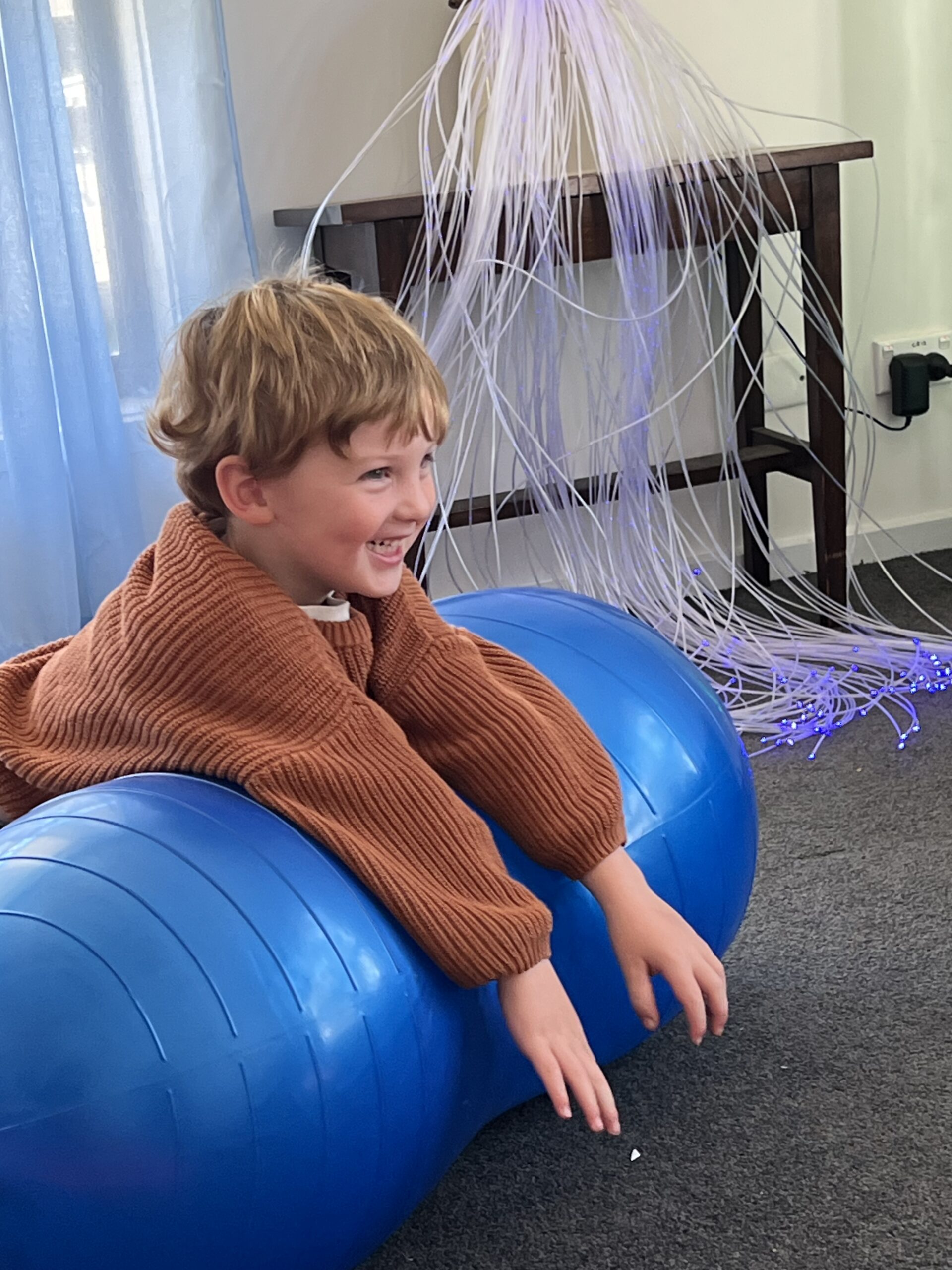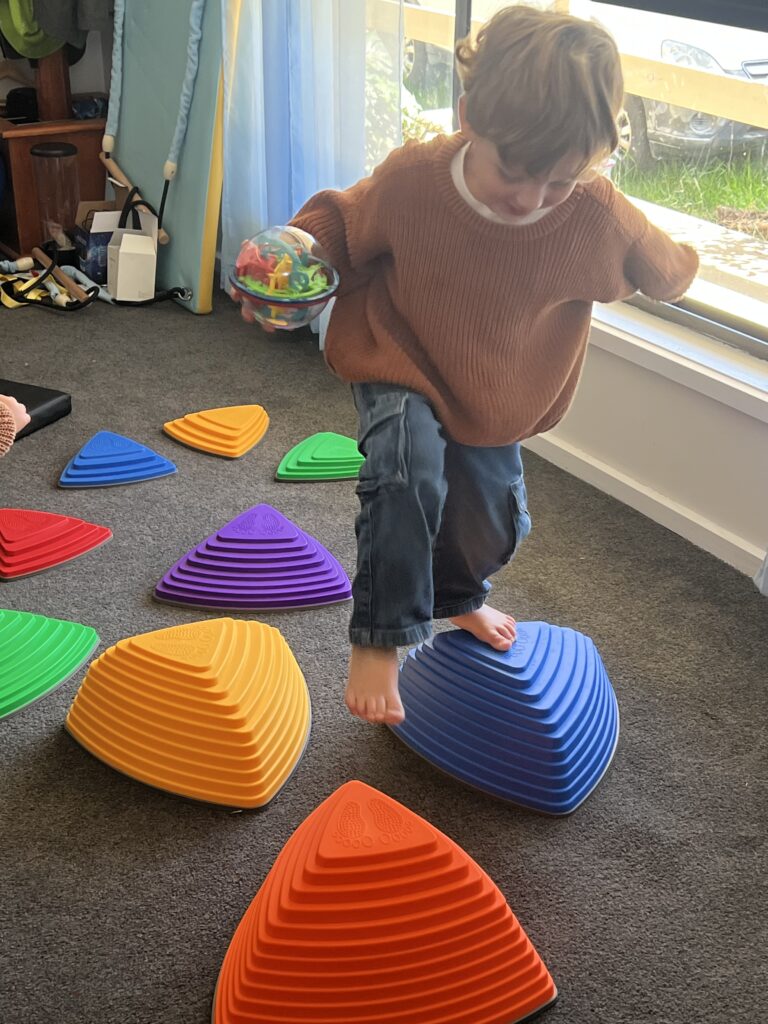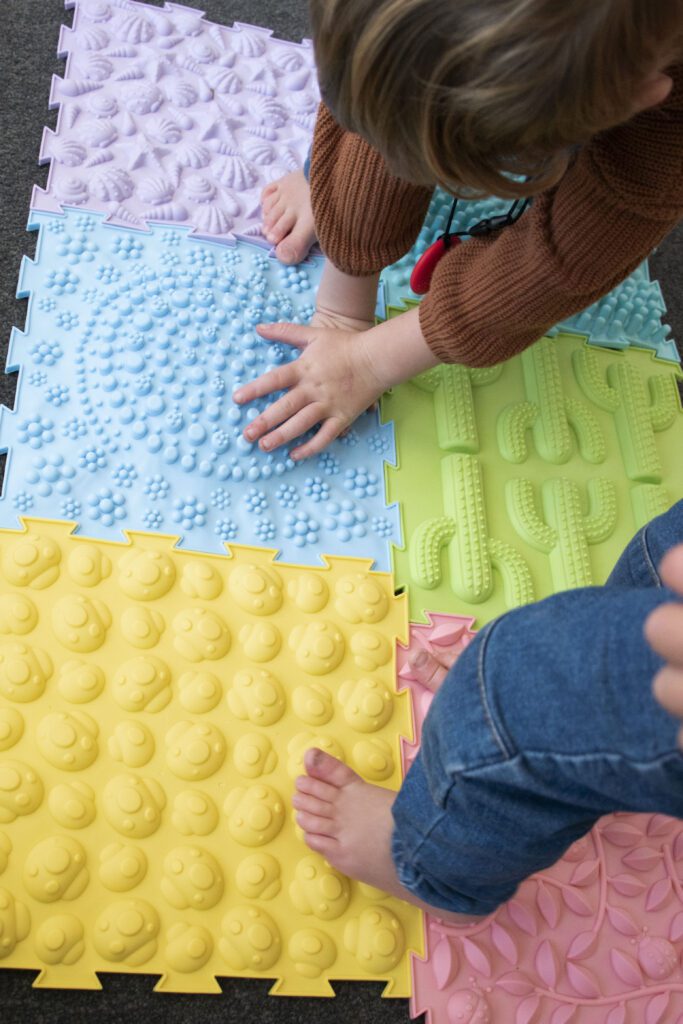
Why a Sensory Gym is Essential for Your Child
In Melbourne’s colder months, opportunities for outdoor play diminish significantly. This change impacts children with autism, ADHD, or sensory processing disorders profoundly. Restricted movement and fewer opportunities for sensory input can result in heightened frustration, emotional dysregulation, and challenges in maintaining focus. That’s why creating a sensory gym at home is not just beneficial—it’s essential.
At Sensory Beez, we’ve carefully selected sensory gym equipment that is therapist-approved, durable, and perfect for long-term use. Designed specifically to meet the developmental needs of children, our products support physical, emotional, and sensory development. For any questions or assistance with bulk orders, reach out directly to our friendly team via WhatsApp.
What is a Sensory Gym?

A sensory gym is a dedicated space within your home designed to provide structured sensory experiences and physical activity tailored specifically to your child’s unique sensory needs. It incorporates equipment that engages various sensory systems—vestibular (balance), proprioceptive (body awareness), tactile (touch), and visual—helping your child regulate emotions, improve focus, and enhance overall wellbeing.
Core Equipment for Your Home Sensory Gym
1. Roller Slide – Fun & Regulation Combined
The Roller Slide is an ideal starting point for your sensory gym. Its smooth, rhythmic movement provides essential vestibular and proprioceptive feedback, crucial for children who crave movement or struggle with coordination.
Therapist Insight: Incorporate structured sliding breaks throughout the day to assist with emotional regulation and increased attention during learning tasks.
2. Arch Swing – Balance, Bonding & Calm
The versatile Arch Swing serves dual purposes: therapeutic regulation and social interaction. The gentle swinging motion helps regulate the nervous system, while its spacious seat allows siblings or friends to join, encouraging social bonding and cooperative play.
3. Square Flat Swing – Versatile and Calming
Integrate the Square Flat Swing into your sensory gym as a multipurpose tool. This swing supports calming vestibular input whether used for gentle rocking or lying quietly, significantly aiding emotional regulation and relaxation.
4. Ball Pit – A Burst of Colourful Fun
Incorporate tactile exploration and motor skill development with our Ball Pit. Its vibrant colours and stimulating textures create endless opportunities for imaginative and structured sensory play.
FAQ: How do you clean and maintain a ball pit? Balls and pit surfaces can be easily cleaned with warm soapy water and sanitized periodically to maintain hygiene.
5. Indoor Nest Swing – A Calming Retreat
Create a soothing, private sensory area within your gym using the Indoor Nest Swing. Its enclosed design provides a comforting space, ideal for sensory breaks and calming overstimulation or anxiety.
6. Sensory Soft Rocker – Gentle Rhythmic Regulation
The Sensory Soft Rocker introduces calming vestibular and proprioceptive input. It’s particularly effective during storytimes or quiet sensory breaks, providing children with a rhythmic and soothing experience.
7. Liquid Tiles – Interactive Visual Stimulation
Use Liquid Tiles to create visually engaging sensory paths. Their interactive nature encourages children to engage their senses while safely exploring colour changes and tactile sensations without overstimulation.
FAQ: Can these tiles handle frequent use? Absolutely, they are designed to be robust and durable, suitable for regular interaction.
8. Weighted Lap Blanket – Comforting Pressure
The Weighted Lap Blanket provides comforting deep pressure, ideal for seated sensory breaks or structured activities. It significantly assists in calming anxiety, reducing restlessness, and enhancing focus.
Therapist Insight: Combine this blanket with quiet activities such as puzzles or drawing to amplify its calming effect.
9. Sleep Pod – Deep Pressure Relaxation
The Sleep Pod is crucial for structured downtime within your sensory gym. This Lycra cocoon provides calming compression, aiding relaxation and significantly improving sleep patterns.
10. Sand Timer – Structured Sensory Transitions
Introduce the 10-Minute Sand Timer as an essential tool for structuring sensory gym sessions. The visual timer helps children anticipate and understand transitions between activities, reducing anxiety and meltdowns.
FAQ: Can sand timers improve task completion? Yes, sand timers visually represent time limits, helping children manage their time and focus effectively.
Practical Tips for Creating Your Sensory Gym

- Assess Your Space: Determine how much room you have available and select equipment accordingly.
- Prioritize Safety: Ensure proper installation of swings and slides; consult professionals when necessary.
- Balance Activities: Include a mix of active, calming, and structured sensory experiences to cover various sensory needs throughout the day.
Therapist-Recommended Daily Sensory Gym Routine
- Morning Activation (20-30 minutes): Begin with active sensory input (Roller Slide, Arch Swing).
- Mid-Morning Focus Break (10-15 minutes): Use calming swings or the Weighted Lap Blanket for quiet time.
- Afternoon Movement & Interaction (20-30 minutes): Incorporate Ball Pit activities, Liquid Tiles sensory paths, and gentle rocking with the Sensory Soft Rocker.
- Pre-Bedtime Calm (10-20 minutes): End with Sleep Pod relaxation and calming visual timers to transition gently into bedtime routines.
Navigating NDIS Funding for Your Sensory Gym
Setting up your sensory gym with NDIS funding is straightforward. Visit our NDIS Ordering page to request quotes, and get funding assistance easily—no complicated registration needed.
Creating Your Sensory Gym Success

Building an effective sensory gym at home transforms winter’s challenges into opportunities for growth and calm. Each piece of equipment selected is therapist-approved and carefully designed for safety, effectiveness, and longevity, ensuring your child receives optimal sensory support.
If you’re uncertain about the right sensory gym setup for your child or have any additional questions, please contact our expert team via WhatsApp. At Sensory Beez, we are committed to supporting your family every step of the way towards sensory wellness.
Disclaimer: The information in this blog is for general guidance and inspiration only. Sensory Beez does not provide medical or therapeutic advice. For personalised recommendations, please consult with your occupational therapist, paediatrician, or healthcare provider. Always use sensory equipment under appropriate supervision and according to safety guidelines.


